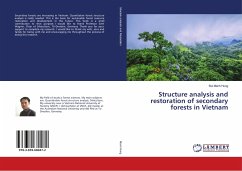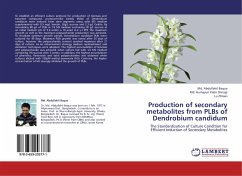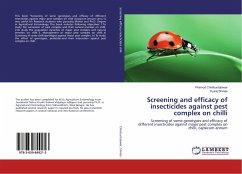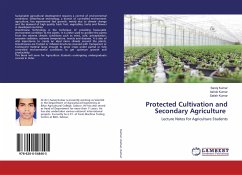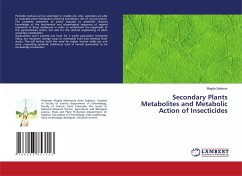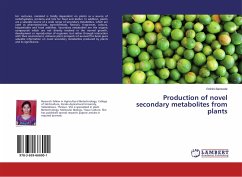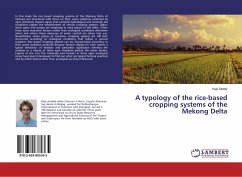
Succession of secondary forest in Vietnam
Succession process of secondary forest on fallow land in Northwestern, Vietnam
Versandkostenfrei!
Versandfertig in 6-10 Tagen
32,99 €
inkl. MwSt.

PAYBACK Punkte
16 °P sammeln!
Succession of secondary forest after shifting cultivation is crucial for the recovery of forest. Because succession process is much different depending on types of vegetation, disturbance regimes, and natural conditions, it is concluded that, studies on secondary forest succession after shifting cultivation should be conducted on a local scale to take into account local-specific factors, which may affect stem abundance and change in component species. This book focuses evaluating recovery of secondary forest on fallow land in Northwestern Vietnam, where pioneer shifting cultivation has been pr...
Succession of secondary forest after shifting cultivation is crucial for the recovery of forest. Because succession process is much different depending on types of vegetation, disturbance regimes, and natural conditions, it is concluded that, studies on secondary forest succession after shifting cultivation should be conducted on a local scale to take into account local-specific factors, which may affect stem abundance and change in component species. This book focuses evaluating recovery of secondary forest on fallow land in Northwestern Vietnam, where pioneer shifting cultivation has been practiced by ethnic H Mong people for hundred years. Even the land was only abandoned when soil became degraded and crops cannot grow, forest has been recovering quite fast in abandoned land. It takes about 60 years for fallow land to achieve 80% biomass of old-growth forest and the same 60 years for species number completely recovering.



